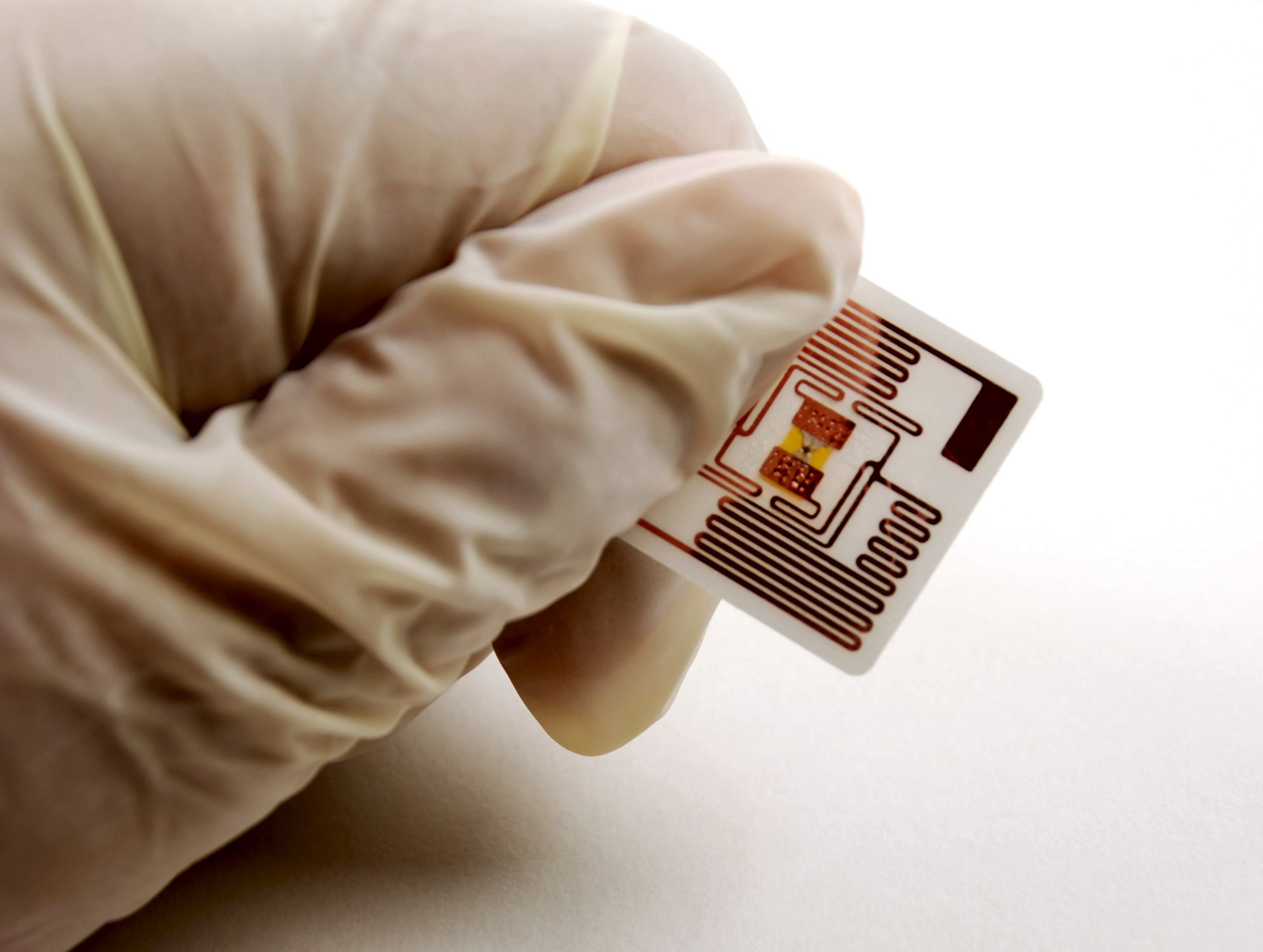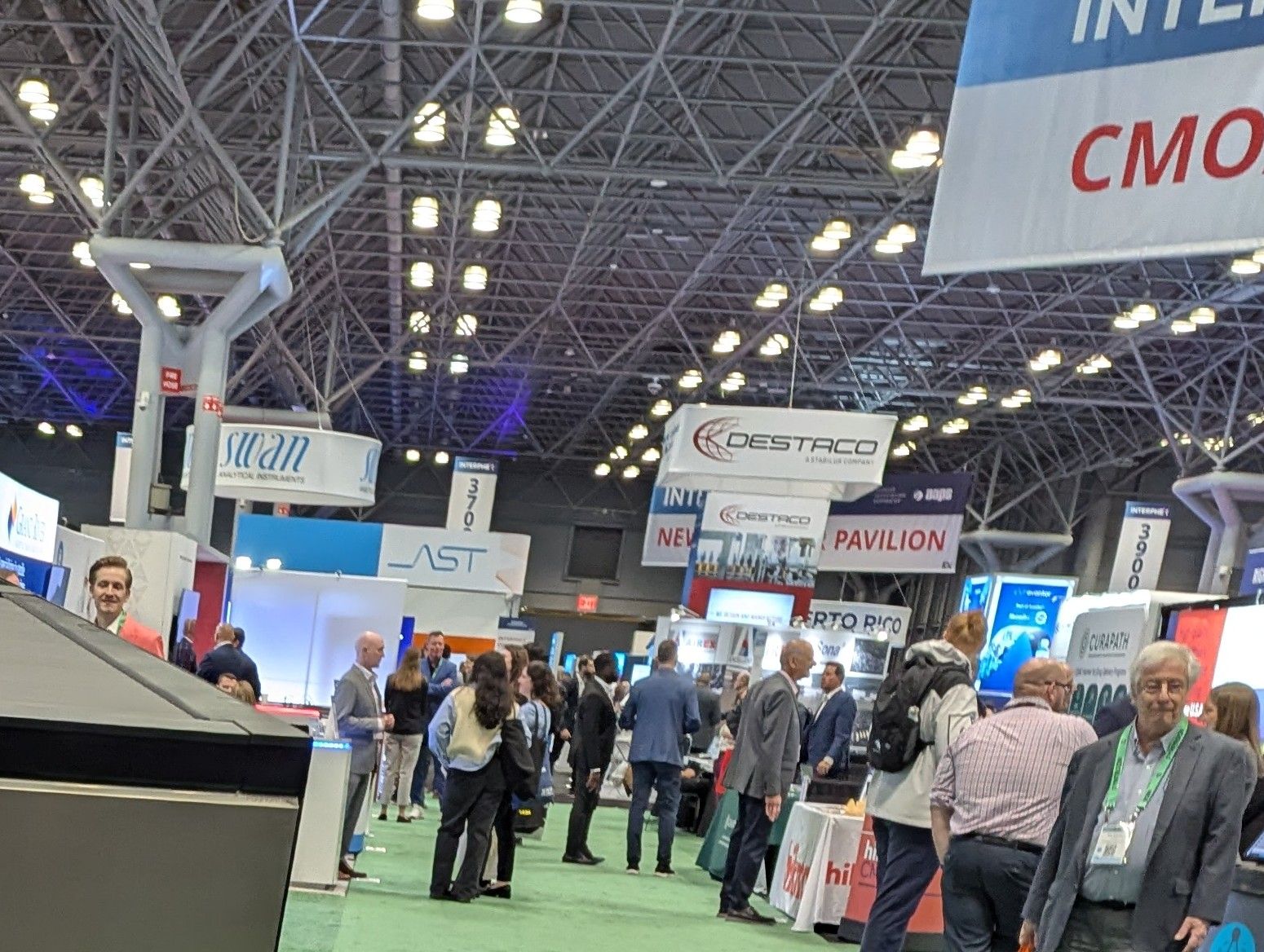News
Article
Equipment and Processing Report
Equipment and Processing Report
Barrier Films Protect Pharmaceuticals
Author(s):
Packaging film suppliers offer new materials and alternatives to Barex copolymers.
Barrier films
A number of barrier materials debuted in 2014, including Flexi FoilFree HB film from Ampac. Laminations that include this ultra-high-barrier film achieve moisture, oxygen, and water-vapor barrier properties similar to aluminum foil laminates. Because of its strong barrier properties, a two- or three-ply Flexi FoilFree HB composite will provide barrier readings equivalent to three- and four-ply foil-based laminates, thereby reducing material costs.
In addition, Flexi FoilFree HB barrier laminates offer better flex-crack and puncture resistance versus foil-based structures and provide easier “tear open” properties. As a result, packaging based on the barrier film tolerates handling better, preventing the shop-worn appearance that can occur with foil-based packaging.
With higher yield and lighter weight, Flexi FoilFree HB barrier laminates generate lower greenhouse gas emissions and require less energy consumption in manufacturing and distribution. “Flexi FoilFree HB-based laminates provide an excellent alternative to more costly aluminum foil composites, with the added benefits of increased puncture and flex crack resistance, as well as improved package appearance and sustainability,” said Dave Bartish, vice-president of Marketing at Ampac, in a statement (1).
Barex alternatives
The October 2014 announcement by Ineos that it is exiting the Barex acrylonitrile-methyl acrylate copolymer business and expects to close the sole plant producing the resin during the first quarter of 2015 has converters and end users scrambling to secure supplies and identify alternatives for barrier films (2). Suppliers offering Barex alternatives include Amcor Flexibles, Bemis, Rollprint Packaging Products, and Tekni-Films, a division of Tekni-Plex. Amcor has secured a three-year supply of Barex resin and has developed an alternative film, which is undergoing trials and is available for sampling (3).
Bemis recommends Barex-based healthcare applications transition into its PerfecPharm P616 or PerfecPharm P619 polyester/foil laminations. In addition to meeting common barrier property requirements for transdermal packaging, these films exhibit low permeation and absorption characteristics. Designed for the healthcare market, the PerfecPharm P616 material features Bemis’s CXB Sealant and exhibits superior seal strength, barrier properties, and inertness. “This new sealant is incorporated into a proprietary laminated structure designed to deliver effective chemical resistance and low absorption rates, exhibiting low reactivity with the medical-grade chemical contents of the package,” explained William E. Jackson, vice-president and chief technology officer at Bemis, in a statement (4).
Clear, high-barrier Exponent 2 film from Rollprint combines its ClearFoil barrier-coated polyester with a coextruded non-crystalline polyester sealant with enhanced sealing properties. “In fact, Exponent 2 offers improved sealing characteristics over Barex due to easier-to-create hermetic seals and improved line speeds,” reported Dwane Hahn, vice-president sales and marketing, Rollprint, in a statement (5).
When compared to traditional, foil-based, high-barrier structures, Exponent 2’s reduced number of layers and gauge offer cost-savings and create an improved environmental profile for lidding, premade or inline pouching, and flow wrap applications. The structure’s clarity and high-barrier properties also make it a lower cost, break-resistant replacement for glass vials. Exponent 2 film has been engineered to provide a chemically neutral, ultra-high oxygen and water vapor barrier with chemical resistance. Maximum barrier properties currently stand at 0.0008 cc/100in2–24 h for oxygen transmission and 0.0008 g/100in2–24 h for water vapor.
Tekni-Films offers stock and custom thermoformable blister/tray film structures as well as heat-sealable pouch/lidding options that reportedly equal or exceed the performance attributes of Barex-based materials. Thermoformable options include polyethylene (PE), polypropylene (PP) and Aclar polychlorotrifluoroethylene inner and outer layers, coupled with barrier layers of ethylene vinyl alcohol (EVOH) and/or cyclic olefin copolymer. Heat-sealable pouch/lidding materials consist of paper/foil/plastic (PE, low-density PE, or polyethylene terephthalate) and EVOH laminations for applications such as transdermal patches and solid- and liquid-dose drug delivery systems (6).
References
- Ampac, “Ampac Introduces Flexi FoilFree HB Ultra High Barrier Film,” Press Release, Oct. 22, 2014.
- Ineos, “Ineos Announces Planned Closure of Barex Plant,” Press Release, Oct. 29, 2014.
- Amcor Flexibles, “Amcor Flexibles Secures Three Years Supply of Barex Resins and Launches Alternative High-Performance Film,” Press Release, Nov. 4, 2014.
- Bemis, “Bemis Proprietary Films Provide Commercial Alternatives to Barex Resin-Based Packaging Solutions,” Press Release, Nov. 19, 2014.
- Rollprint Packaging Products, “Rollprint Introduces Exponent 2 Chemically Resistant, Clear Flexible Film for High-Barrier Pharmaceutical Applications,” Press Release, Oct. 31, 2014.
- Tekni-Films, division of Tekni-Plex, “Tekni-Films Announces Extensive Line of High-Barrier, Barex-Alternative Specialty Films for Thermoformable, Heat-Sealable Packaging Applications,” Press Release, Nov. 19, 2014.
For further discussion of barrier packaging advances, including desiccant technology and a predictive model to optimize blister geometry and materials, read the full article in the January issue of Pharmaceutical Technology: Building a Barrier in Solid-Dosage Drug Packaging.
Newsletter
Get the essential updates shaping the future of pharma manufacturing and compliance—subscribe today to Pharmaceutical Technology and never miss a breakthrough.





